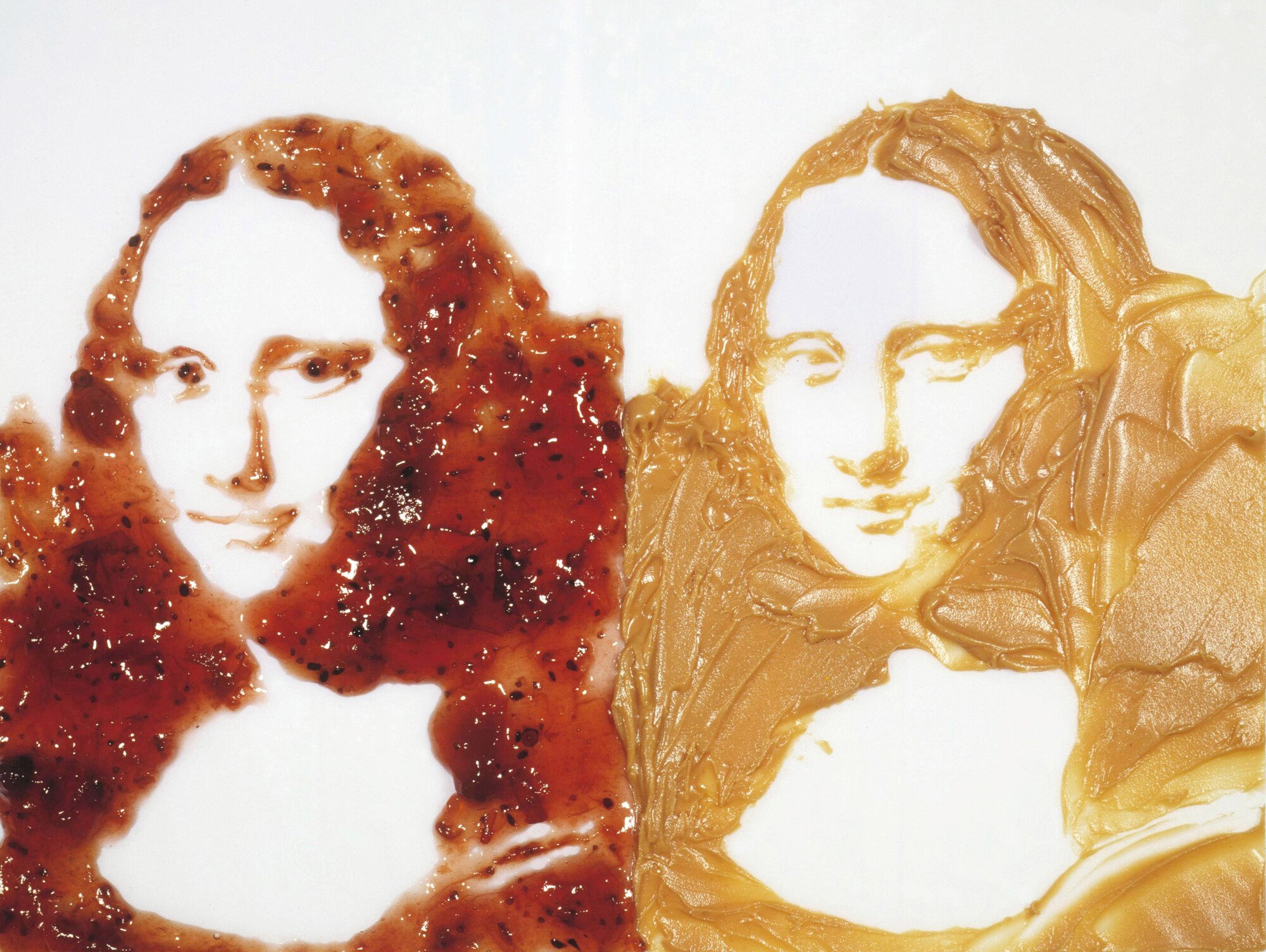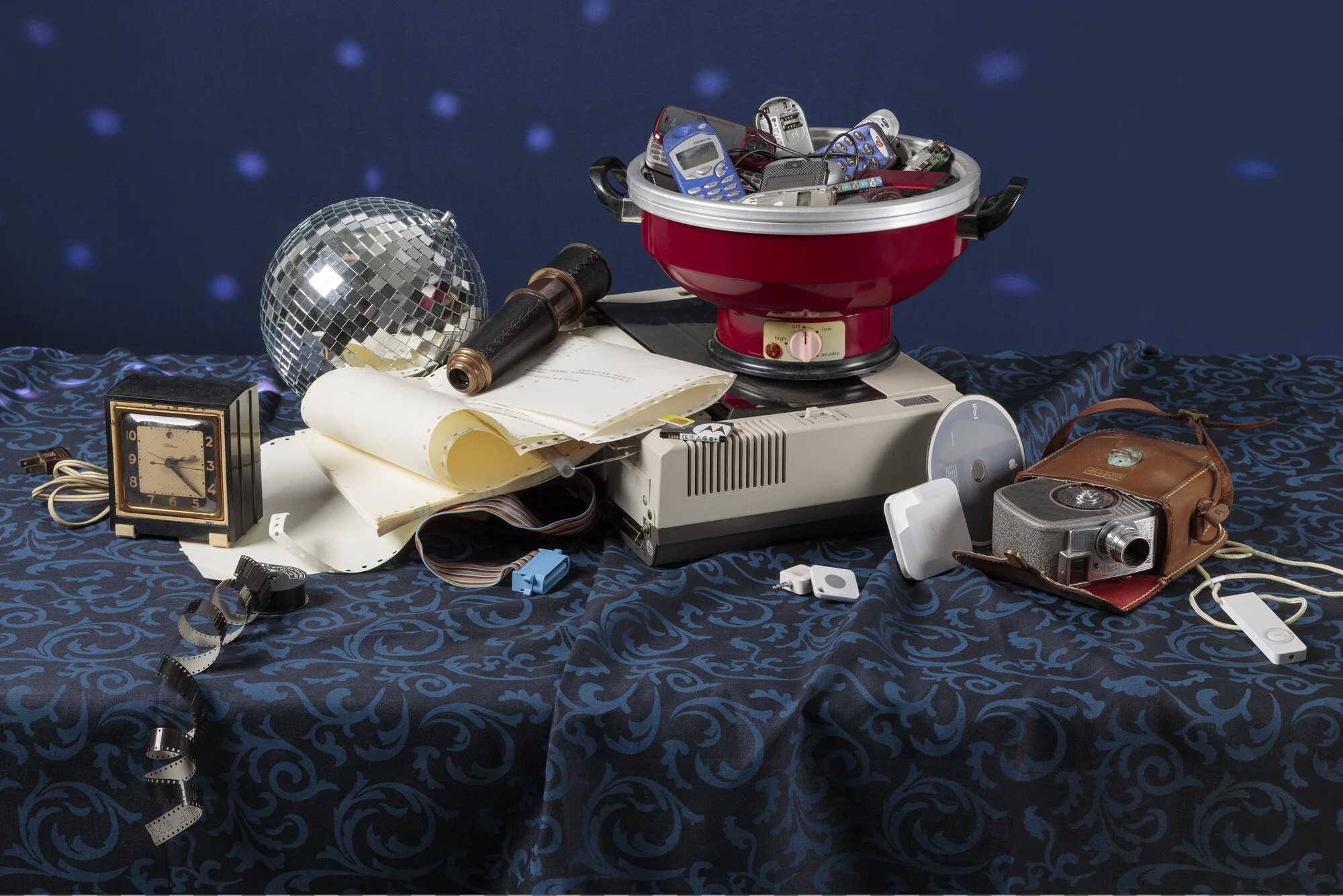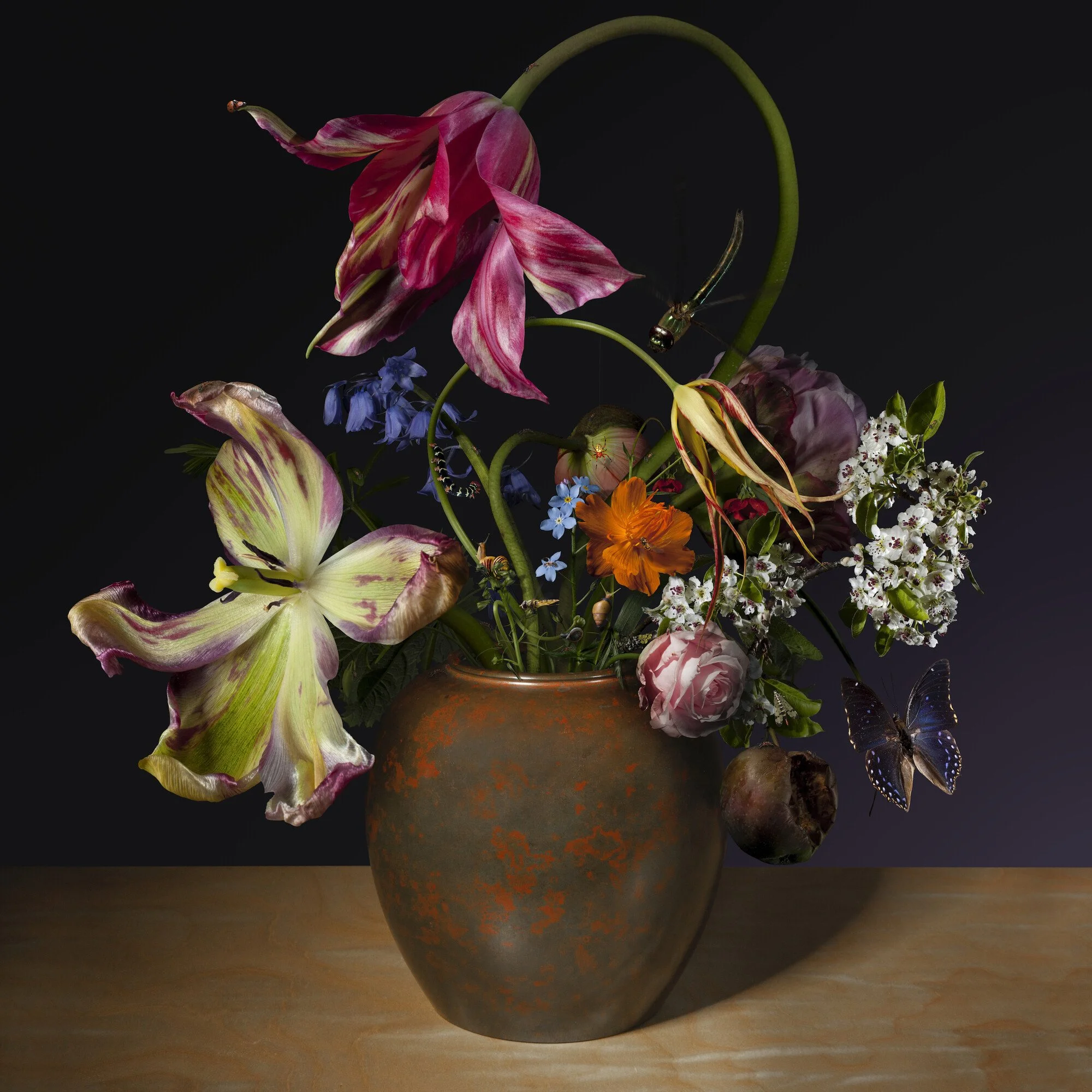Art about Art: Contemporary Photographers Look at Old Master Paintings | Princeton University Art Museum (Ronni Baer’s)
YasumasaMorimura森村泰昌(born1951Osaka,Japan; active Japan), Princess A, from the series Daughter of Art History, 1990. Dye destruction print mounted on acrylic; 210.2 × 160 cm (frame). Courtesy of the artist and Luhring Augustine, New York. © Yasumasa Morimura, courtesy of the artist and Luhring Augustine, New York.
Written by Madeline Lerner
Photo Edited by Max Amos-Flom
Princeton University Art Museum’s exhibition Art about Art: Contemporary Photographers Look at Old Master Paintings displays thirteen contemporary artists’ reinterpretations of iconic historical European art. Combining a variety of different artistic styles, the exhibit invites visitors to engage with Old Master paintings in new ways, from considering playful reinterpretations to reflecting on issues of identity, technology, and modern consumerism. Ranging from experimental to more subtly reimagined, each of the works featured demonstrates the artists’ distinctive approaches to interacting with significant historical artwork.
YasumasaMorimura森村泰昌(born1951Osaka,Japan; active Japan), Van Eyck in a Red Turban, from the series Self Portraits through Art History, 2016–18. Chromogenic print on transparent medium; 25.7 × 18.4 cm, 33 × 24.8 cm (frame). Courtesy of the artist and Luhring Augustine, New York. © Yasumasa Morimura, courtesy of the artist and Luhring Augustine, New York.
Throughout the collection, the pieces recontextualize historical themes and shed light on contemporary issues. In Nina Katchadourian’s diptych from her Lavatory Portraits in the Flemish Style series, the artist poses as a Dutch husband and wife from the 1400s in a traditional framed portrait. Each photo in this series was taken on a cell phone in an airplane bathroom, from which Katchadourian used bath tissue to replicate aspects of the traditional fifteenth-century-era attire. Lavatory Portraits displays her artistic potential in such a contained space and muses on themes of time and modern technology. She utilizes the materials and setting of a space which people typically find uncomfortable, unstimulating, and time consuming, encapsulating the subject in the timeless, commemorative nature of such a portrait. Similarly, contemporary artist Yasumasa Morimura poses in a red turban and fur-lined coat in his self-portrait piece titled Van Eyck, a reproduction of a portrait of the famous Early Northern Renaissance artist himself. In replicating these iconic portraits using modern means and materials, Morimura raises important cultural critiques about identity and representation in Western art.
NinaKatchadourian(born1968,Stanford,CA;active Brooklyn, NY), Lavatory Self-Portraits in the Flemish Style #20 and #21, from the series Seat Assignment ( 2010–present), 2015. Chromogenic prints mounted in hinged frames; 21 × 16.8 × 0.6 cm (each). Collection of Richard Ford. © Nina Katchadourian.
Diverging more intensely from the traditional historical style, Vik Muniz’s Double Mona Lisa replicates the classic Leonardo da Vinci painting using peanut butter and jelly, drawing inspiration from Andy Warhol’s famous print work.
VikMuniz(born1961,SãoPaulo,Brazil;activeNewYork, NY, and Rio de Janeiro, Brazil), Double Mona Lisa (Pean ut Butter and Jelly), from the series After Warhol, 1999. Digital chromogenic print; 88.6 × 107 × 5.1 cm (frame). Collection of the artist. © Vik Muniz.
Engaging with historical art can be a device for preserving a certain cultural heritage, or in this case, show how it's developed in modern times. In Jeanette May’s series titled Tech Vanitas, traditional objects starring in a still life are replaced by modern items. Reminiscent of the Baroque-era Vanitas style, in May’s photographs, what may have been a skull or jewelry in a seventeenth-century painting is replaced with objects such as old cell phones and a disco ball. Paintings in the Vanitas style typically include subjects whose purpose is to remind a viewer of their mortality and human decadence. Tech Vanitas highlights contemporary themes of modern consumerism and the obsolescence of old technology through its reinterpretation of historical art.
JeanetteMay(born1963,McHenry,IL;activeBrooklyn,NY), Dot Matrix, from the series Tech Vanitas (2015–18), 2018. Inkjet print; 63.5 × 94 cm (frame). Collection of the artist. © Jeanette May.
Curated by Ronni Baer, Allen R. Adler, Class of 1967, Distinguished Curator and Lecturer, and Peter Fox, the exhibit is a stimulating look at how historical masterpieces can be reimagined, from being experimental reproductions to vehicles for cultural commentary. Art about Art: Contemporary Photographers Look at Old Master Paintings is on display at Hulfish Gallery at Princeton University’s Art Museum from August 19th through November 5th.
BasMeeuws(born1974,Heerlen,Netherlands;active Netherlands), Untitled (#100), 2013. Inkjet print; 130 × 130 cm (frame). Collection of Philip F. Maritz, Class of 1983. © Bas Meeuws.













